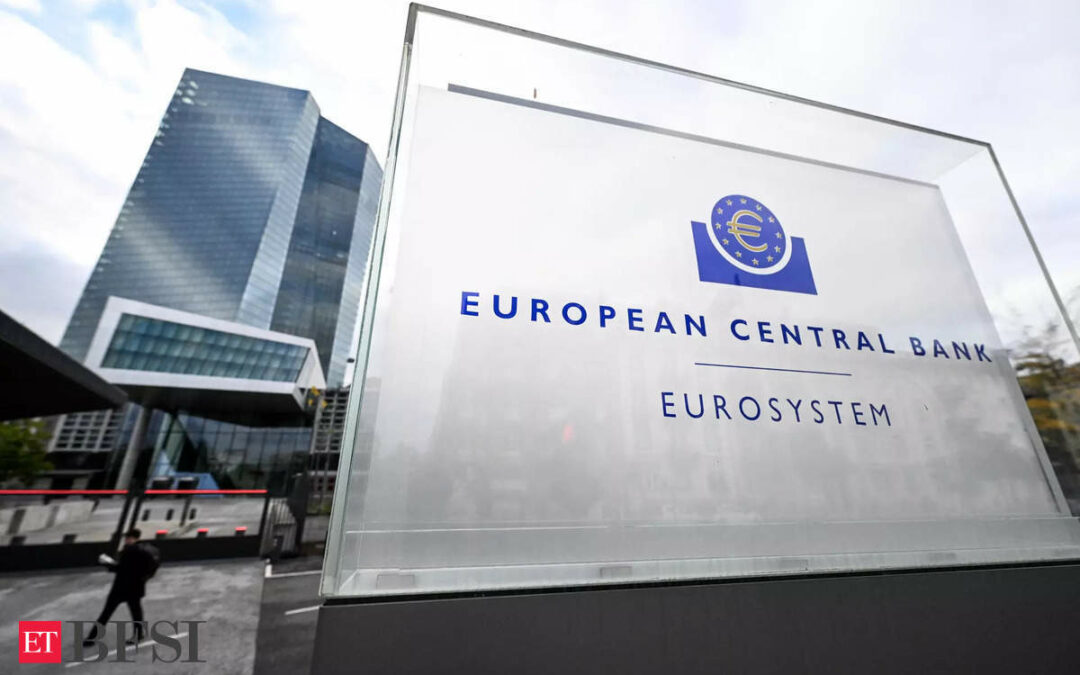Waning inflation is expected to see the European Central Bank opt for another pause Thursday, as it joins a slew of central banks announcing their final interest rate decisions of the year.
The Bank of England, the Swiss National Bank and Norway’s Norges Bank are also holding their last meetings of 2023, a year marked by steep hikes in borrowing costs as policymakers battled to tame runaway consumer prices.
With inflation dropping faster than expected in many countries and the economic outlook worsening, policymakers are expected to hold rates steady — with the possible exception of Norway’s central bank.
The US Federal Reserve led the way a day earlier, leaving its key lending rate at a 22-year-high amid a resilient labour market.
The Bank of England is likewise expected to stand pat for a third time and keep its main interest rate at 5.25 percent.
UK inflation slowed sharply to 4.6 percent in October but remains the highest among the G7 rich nations.
In Switzerland, where inflation has dipped below the two-percent target in recent months, the central bank is seen holding borrowing costs at 1.75 percent for a second straight meeting.
Norges Bank said last month it would “likely” raise its key rate in December but analysts are questioning whether it will follow through as a slump in building activity darkens the economic picture.
With little rate action expected on Thursday, investor attention has shifted to when central banks might start cutting rates, even as policymakers insist it is still too early to sound the all-clear on inflation.
In Frankfurt, where the ECB is widely predicted to leave rates unchanged for a second time, president Christine Lagarde is expected to push back against market hopes of a rate cut in the early months of 2024.
“Markets will probably have to correct some of their over-optimistic rate cut expectations once the ECB has spoken,” said Berenberg bank economist Holger Schmieding.
Wage concerns
Many analysts think the ECB will start slashing rates in June, but a recent fall in eurozone inflation has prompted some to predict a first reduction as early as April.
Inflation in the 20-nation currency club tumbled to 2.4 percent in November, a two-year low and not far off the ECB’s two-percent target.
Inflation had peaked at about 10 percent last year after prices were pushed up first by post-pandemic supply chain woes, and then an energy crisis triggered by Russia’s invasion of Ukraine.
A weakening economy has provided further ammunition for those arguing for a cut sooner rather than later.
The European Commission last month lowered its growth forecasts for 2023 and 2024 and the ECB itself has warned that a recession was a “possible scenario”.
But uncertainty remains about the path forward, with ECB officials expressing concern that rising wages in the euro area could drive inflation higher again. An escalation of the Hamas-Israel war could also push up energy prices.
Lagarde, who has stressed that the ECB’s next moves will be “data dependent”, last month said it was “not time yet to start declaring victory”.
The ECB’s newest economic forecasts on Thursday could be key to charting a course forward. Analysts expect both the inflation and growth outlook to be trimmed.
“The lower the ECB’s growth and inflation forecasts for 2024 and 2025, the higher the likelihood of rate cuts,” said ING economist Carsten Brzeski.
Lagarde’s communication challenge on Thursday will be to “keep all options open” without sounding “too detached from reality”, he added.










